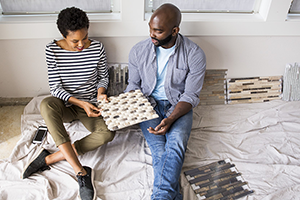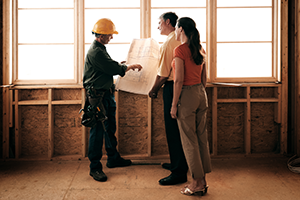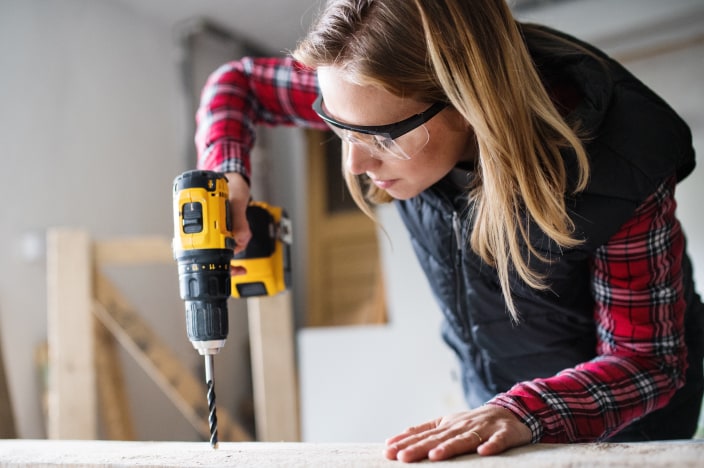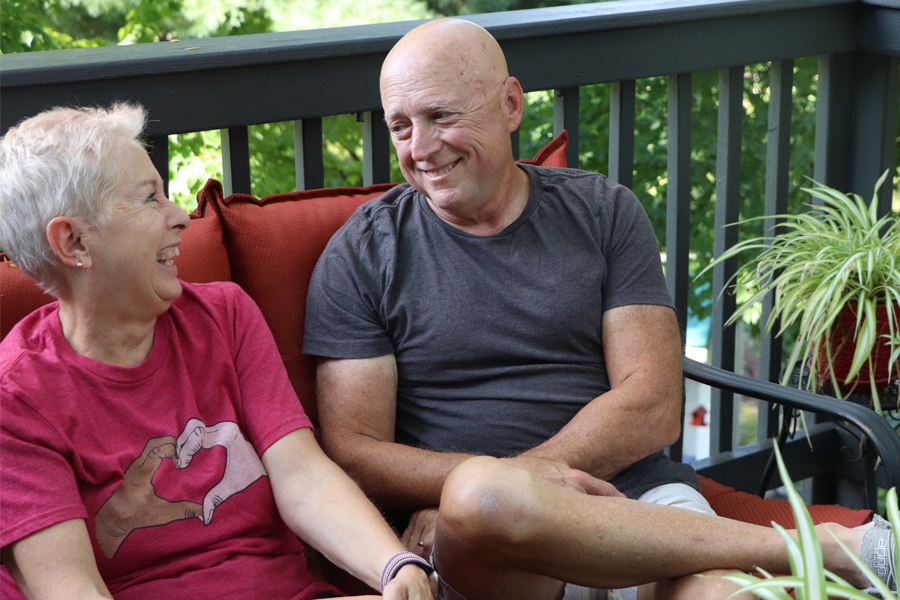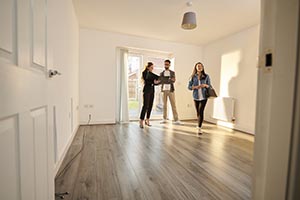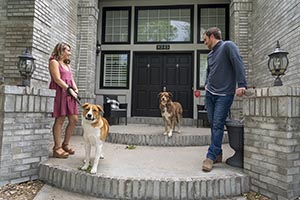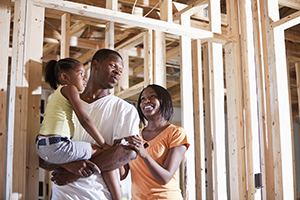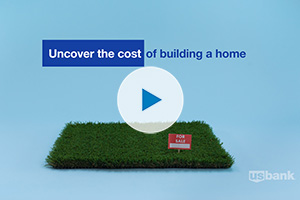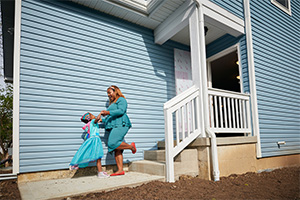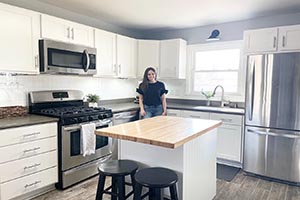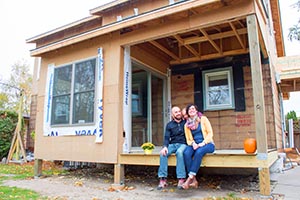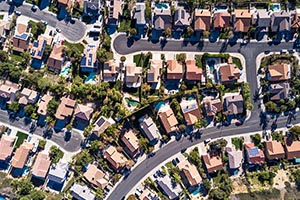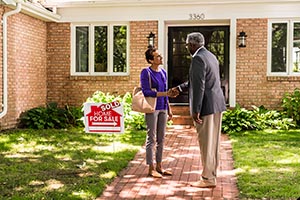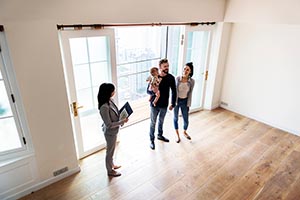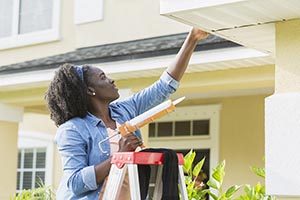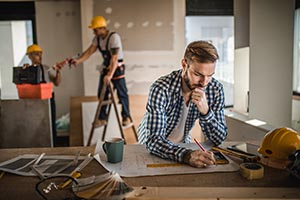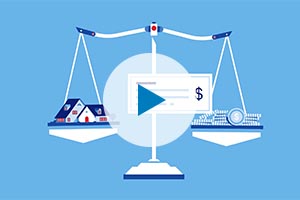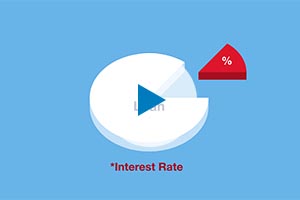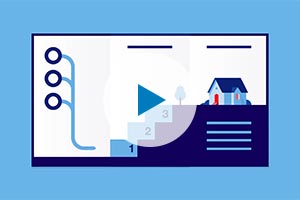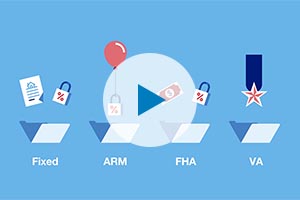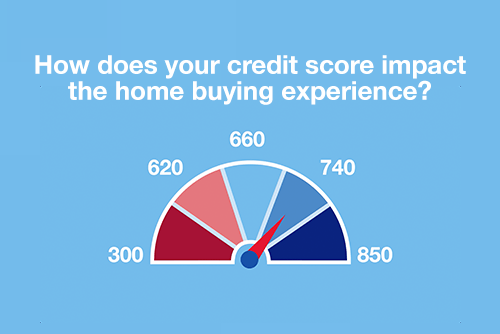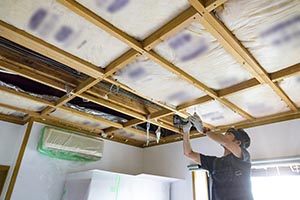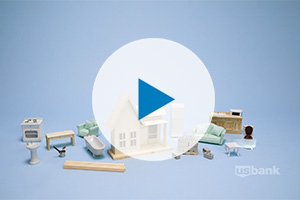Get the pros and cons of building your home — and learn how to protect yourself and your investment.
People want homes, and they want them now. Problem is, there’s not enough to go around.
The National Association of Realtors (NAR) reports that the U.S. faces an “acute” shortage of available housing. And that’s challenging buyers across the country as they look for residential properties as diverse as condos, castles and everything in between.
Fueled by low interest rates and pent-up demand, buyers are encountering a tight home supply, soaring prices and listings that come and go in a whirlwind. Peter Murray, a real estate agent in Frederick, Maryland1, has witnessed the fast-and-furious selling pace, seeing 20 to 30 offers come in for the same property. And further south, at Cinnamon Shore beach community in Port Aransas, Texas, demand is so high that buyers are willing to contract home sites and wait six months or more to close and start construction.
In response to market conditions, developers nationwide are building a spate of new properties, which buyers are snapping up. In early 2021, a quarter of all single-family home sales were new construction.
Edwin “Tucker” Boynton of Newtown Square, Pennsylvania, understands the lure of new construction. A few years back, he and his significant other bought into a new development after shopping for existing homes for almost a year and a half.
When initially house hunting, he discovered that “most of the older homes needed updates.” So, he opted to get something new where he was able to influence the design, adding a deck, creating an open-concept living room space and converting the planned first-floor study into a bedroom. Boynton is happy with the outcome. But he says it took a lot of oversight, with frequent visits to check in on workers such as the crews who did electrical work or installed the kitchen backsplash. “We went almost every day,” he says.
How new construction differs from existing homes
Buying a new construction home differs from a traditional home in many ways. Among the most obvious and potentially unnerving: you’re plunking down money on a place that doesn’t yet exist.
In addition, the “seller” is typically the builder or the builder’s construction company rather than a homeowner reselling an existing home. If you close after the newly built home is complete, you’ll likely have a traditional mortgage loan at settlement, says Murray. If you go to contract for a home in which the builder has yet to start construction, you may pay cash or finance the land purchase first and then take out a separate construction loan to finance building costs, with the bank doling out funds as construction proceeds stage by stage until it is complete.
The benefits of new construction
Joey Sheehan, Boynton’s Realtor points to the biggest benefit of new construction: You get a brand-new home.
And at the same time, you can save the time of shuttling from pre-existing home showing to pre-existing home showing looking for the ideal residence — and mitigate the potential disappointment of being continually outbid on your dream home. As Real Estate agency, Peter Murray notes: “It’s a brutal buyers’ market.”
In competitive markets or at a popular, master-planned community, you may get into a bidding war for an ideal site, say, a corner lot. For instance, when the Cinnamon Shore community released a new phase of home sites, a flurry of competing bids came in, with the highest bidders securing the most coveted coastal land.
Yet once you get the lot, you should be able to plan the construction around a desired move-in date and have a say in the home’s design.
The potential pitfalls of building your home
As with any new purchase, troubles can arise. There’s a chance of shoddy or incomplete construction, as well as potential delays if certain materials become hard to come by.
“If you’re not buying from a really good builder, the odds of problems cropping up increase substantially,” Sheehan says. “It’s quite important who is doing the work.”
On a transaction for a $1.6 million home she facilitated, the builder put in just one heating, ventilation and air conditioning (HVAC) system instead of the two specified. She saw another contractor try to get away with a $30,000 stucco job that should have cost $100,000.
And the home could be left unfinished. Another of Sheehan’s clients had to sue in small claims court to get the builder to complete the job.
With new construction — and all those tempting-upgrades — it’s possible to go outside your budget.
How to mitigate risk
Early homework will pay off. Ask friends and family if they know about the builder you plan to go with, check review sites and do your research on the builders.
As you progress, maintain open communication with your builder, as well as a record of your verbal and written conversations.
“Make sure that what’s on the specs is actually getting done,” Sheehan says.
Once the home is complete, Sheehan recommends a rigorous home inspection and final walkthrough during which you create a punch list for incomplete items. At settlement, put a significant amount of money into escrow until that list gets finished.
Additional resources:
Have more questions about buying a home that’s still under construction? Reach out to a mortgage loan officer in your area. They can help in your homebuying journey.
Hear first-hand stories from homebuyers who successfully found their dream residences.
